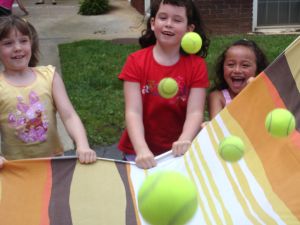|
Pediatric Migraine MedicationPediatric migraine medication is a growing field of medicine. Of course, migraine medication is itself a fairly new thing. Not so long ago, migraine was rarely differentiated from headache.
NSAIDsNSAIDs, such as Advil (ibuprofen) are often prescribed for children with migraine. You can talk to your doctor about what specific NSAID she would recommend. Caution needs to be taken if the attacks are frequent, since too many over the years can cause gastrointestinal problems. Ibuprofen is usually recommended in dosages of 7.5-10mg per kg of body weight (2.2lbs) (see more on ibuprofen dosages). MidrinMidrin is a combination drug for migraine, containing isometheptene mucate, which works on the sympathetic nervous system. Midrin has commonly been prescribed for children. It contains a mild sedative (dichioraiphenazone) as well as acetaminophen. The isometheptene mucate seems to have some effect on serotonin levels, which have been linked to migraine attacks. TriptansTriptans are drugs designed for migraine, which have been popular with adults for the past few years. Recently there have been studies that show them to be effective with children. However, there are a number of issues associated with triptans that you will need to discuss with your doctor. You should never simply give a child a drug that has been prescribed to you - the child will need a prescription of their own. There are issues unique to children, and special care needs to be taken to avoid long term problems. Other pediatric migraine medicationThere are other options that your doctor can discuss with you. Since nausea can be a big problem in child migraine, drugs targeting this symptom are often recommended. For example, metoclopramide (Reglan) seems to help with both pain and nausea. Promethazine (Phenergan) has also been very helpful for children experiencing nausea due to migraine disease. Preventing migraine in childrenSome pediatric migraine medication is taken regularly to prevent migraine attacks. This may be the best route for some children. One popular preventative has been cyproheptadine (Periactin). This is an antihistamine which affects serotonin activity. There's more to it than that...
References: The Mayo Clinic article on migraine from June 6 2005; Migraine 4 Kids from the Migraine Action Association; Headache and Your Child by Seymour Diamond, MD; The Pill Book from May 2004; Migraines for Dummies by Diane Stafford and Jennifer Shoquist, MD; What Your Doctor May Not Tell You About Migraines by Alexander Mauskop, MD and Barry Fox PHD. |

